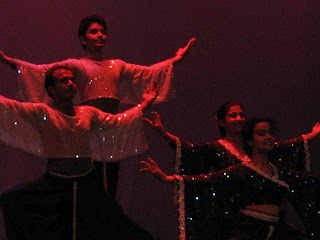
Shubho bijoya and happy dusshera to all readers!
~ Souvik
Truth(Satya) is God(Shiv) and God(Shiv) is Beautiful(Sundar). This blog represents my passion and longing for the Beauty of God in Truth, the Beauty of Shiva, the Ultimate Truth of Realisation, the Most Gracious among the Graceful. To Him I bow, Who is born of none, Who is God of Gods, Who is giver of boons, Who is the conqueror of death, Who was, is and shall be even after eternity, Who is in me and me in Him.










Dear readers,
Its knocking!
Jai Durga!
Some important Dates:
Pitr-Paksha begins
Thursday
27-09-2007
Pitr-Paksha ends / Mahalaya
Thursday
11-10-2007
Durga Puja begins (Maha Saptami)
Friday
18-10-2007
Vijaya Dashami/Dusshera
Sunday
21-10-2007
Here is a link to some beautiful music on Maa Jagadambey!
Jai Durga!
Souvik
 Dear readers,
Dear readers,
Dear readers,
February 16th., 2007 is Maha Shiva Ratri.
As I have always said, Shiva (and Shakti) are much more than just mythological figures and spans across the limited man-made boundaries of religion, society and rituals. However, given an ocassion to celebrate and dance to the tunes of damru, one would be a fool not to rejoice in the festivity.
There is no place that does not have Shiva's presence. Life is just another name of Shiva. Swami Vivekananda just said "Shiva Jnaney Jeeva Puja".
Shivoham!
~ Souvik

| Supported by website-hit-counters.com . |